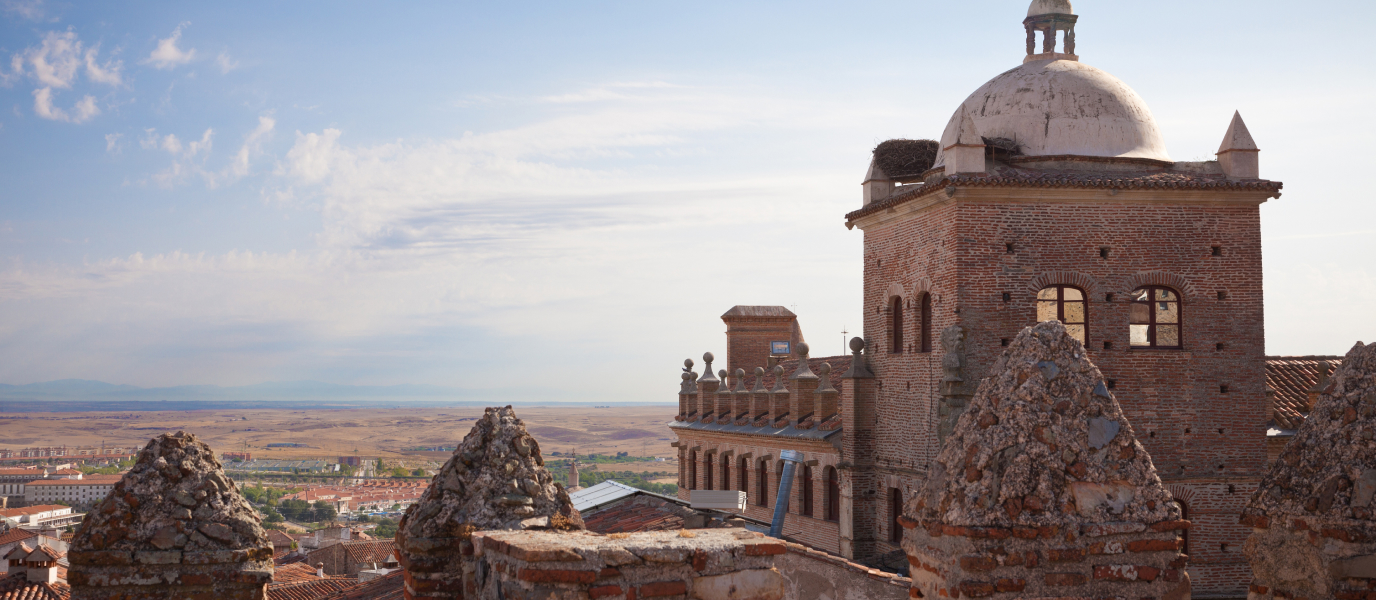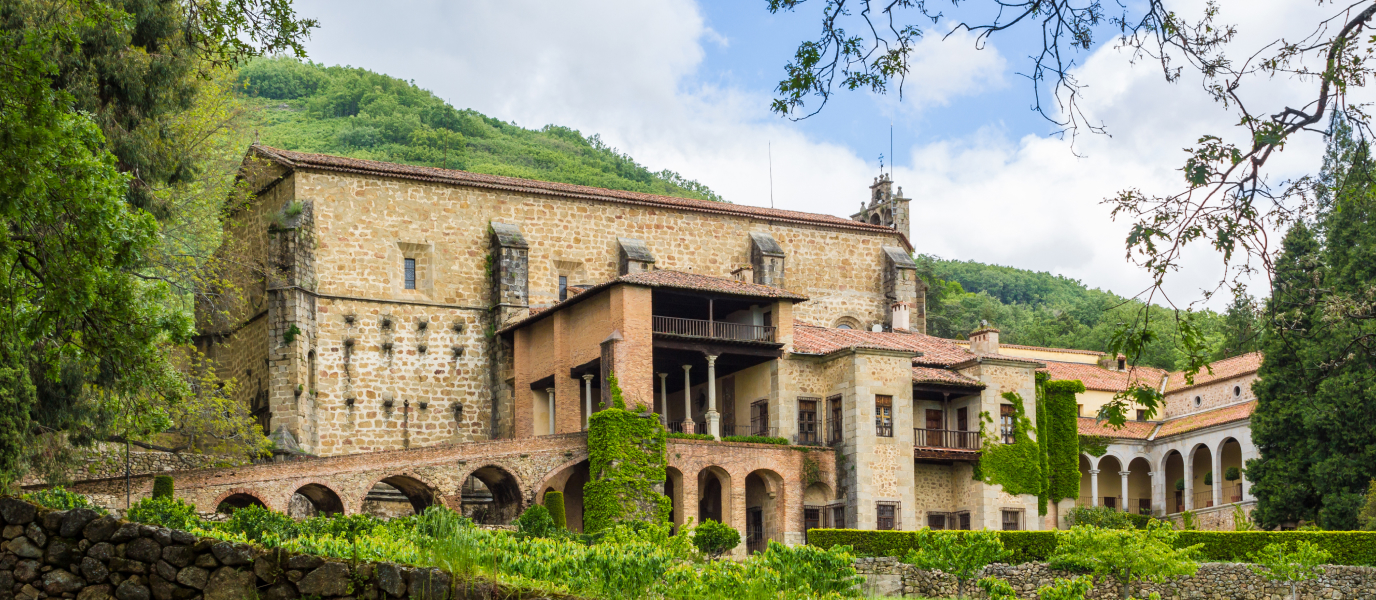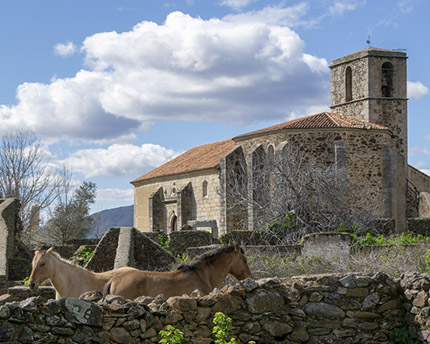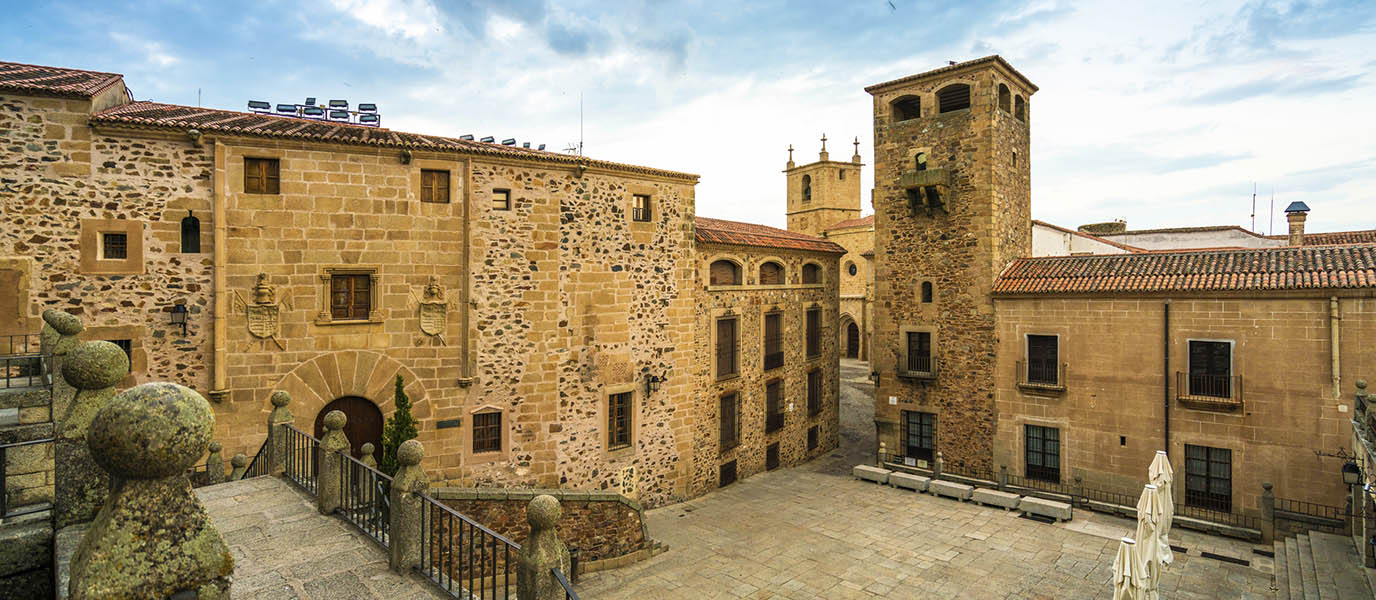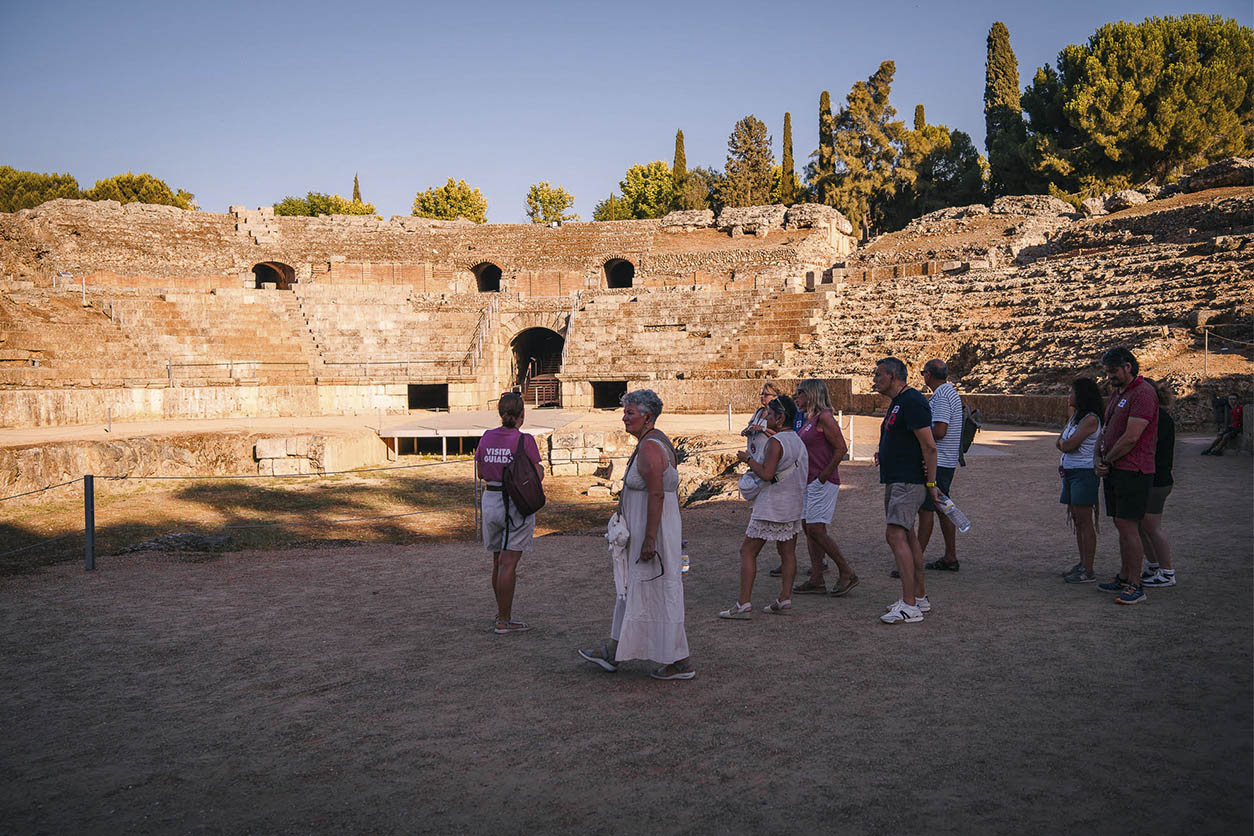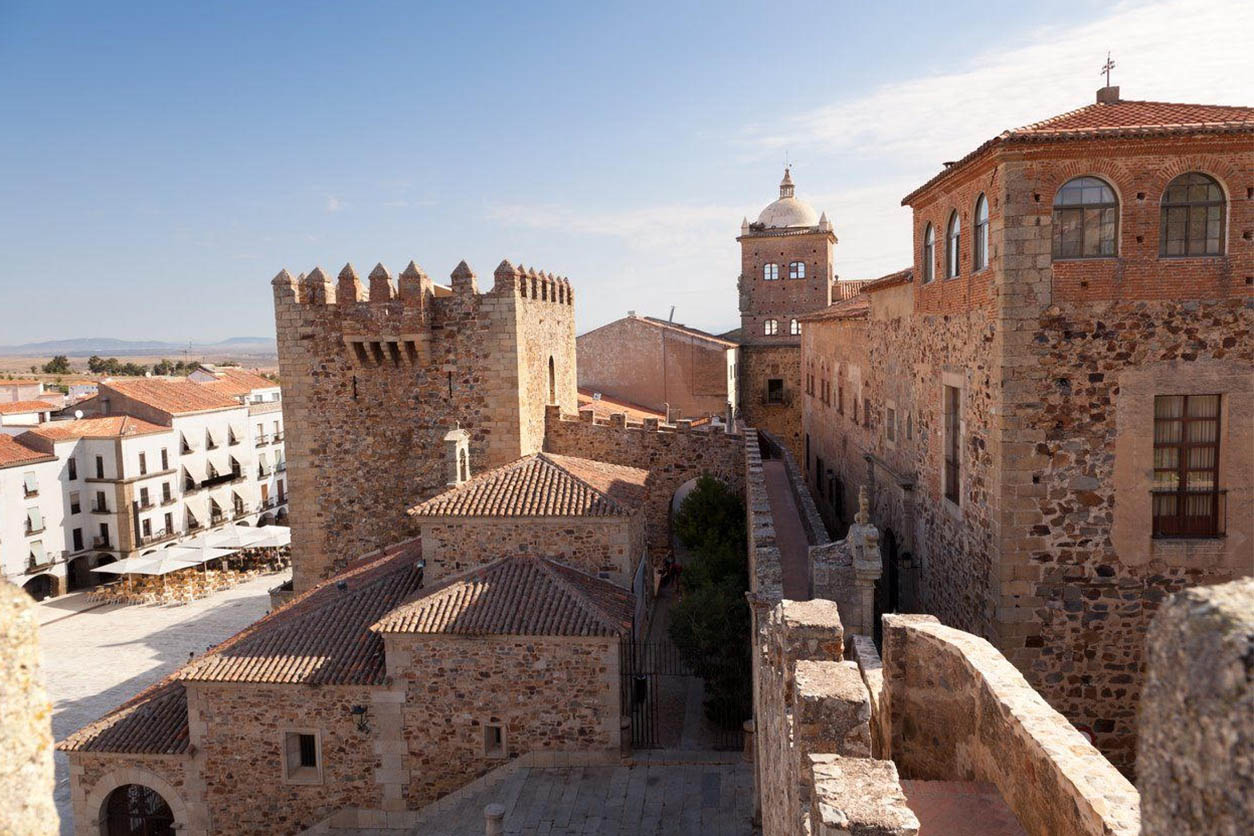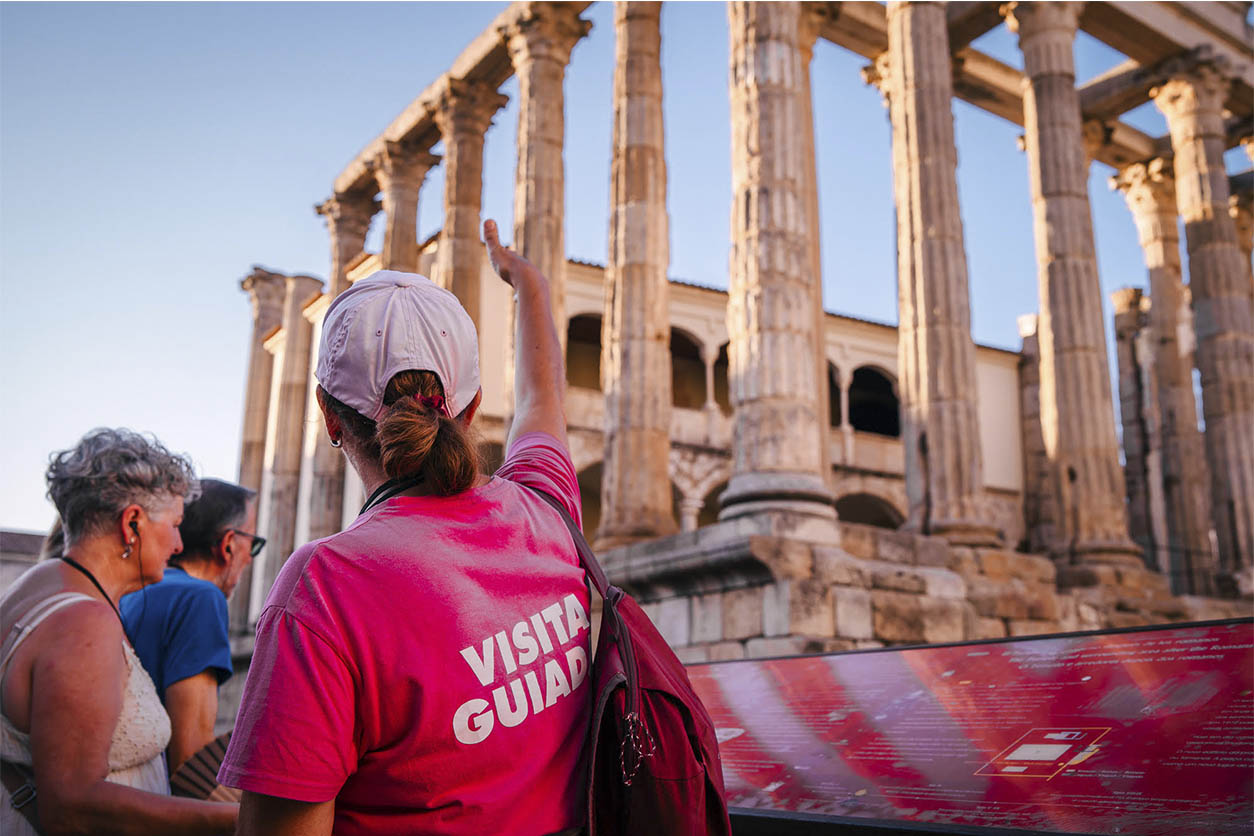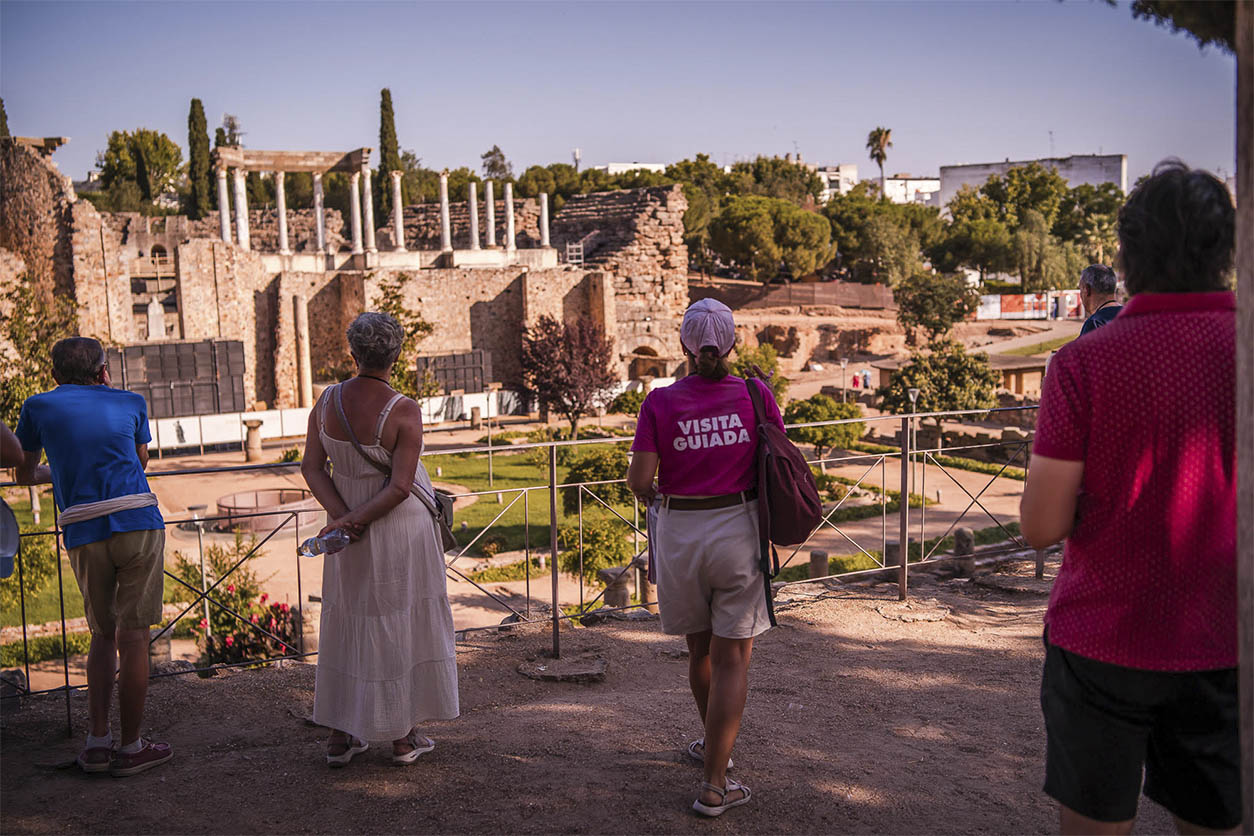The first thing that strikes many tourists who walk through the Old Town of Cáceres is a white dome dazzling in the sunlight. This is the Toledo-Moctezuma Palace and it takes its name from the Aztec Emperor, Moctezuma II, or it is perhaps better said, from his daughter.
Tecuichpo was one of Moctezuma’s daughters who was eventually baptised a Christian under the name of Isabel Moctezuma, then she was married to an Extremaduran and had six children. She married Juan Cano Saavedra who was one of the conquistadors who fought under Hernán Cortés during the conquest of Mexico. It is curious to note that Tecuichpo, though only 21 when she married Saavedra, had already been widowed a staggering five times.
Like many buildings of this type in Spain, the Toledo-Moctezuma Palace fell into disrepair until the Ministry of Culture made efforts to renovate it in the second half of the 20th century. Until that time, it was occupied by two banks but has since been elevated to the home of the Provincial Historical Archive under the control of the Council of Extremadura. It is for this reason that the palace is not open year-round to tourists (aside from its beautiful patio) though it does open often to hold events and exhibitions.
The exterior of Toledo-Moctezuma Palace
The palace is located in Plaza del Conde de Canilleros but if you are looking for that picture-postcard photo then it’s worth walking a little further and going up to the Santa Ana parapet or even up the Bujaco Tower. From these two elevated positions you will be able to get Toledo-Moctezuma Palace, the Episcopal Palace and the defensive wall into one shot.
Even though you won’t be able to access the building every day, the façade certainly has plenty to offer the visitor. On its walls you will be able to see all of the family crests of the palace’s former owners, including that of the Moctezuma family who can be thanked for the Aztec influence on this Renaissance building.
The building is made up of three floors, the first two of which were built out of stone masonry while the last was made of brick. Unsurprisingly, the brick part is the most modern part of the palace, containing an open gallery of windows all around it. These differences in style are imitated in the square tower on one of the sides of the palace, which is topped with the white dome mentioned earlier that gives the palace its discernible character.
The palace interior
On the inside is where the New World influences are most clearly apparent. Both cultures, European and Aztec, are depicted in the frescoes that adorn the four main rooms of the palace. Roman and Aztec emperors are depicted side by side with mythological scenes and images of great cities of the day. The interior patio has a two-tiered cloister with arches and is open to the public.
What to see around Toledo-Moctezuma Palace
Around Toledo-Moctezuma Palace, in the north-eastern part of the walled city, you will find some of the most interesting buildings in Cáceres. Walking through the famous Star Arch, you will come to the Episcopal Palace and the five towers that surround it, each of which is worth visiting in turn.




































































